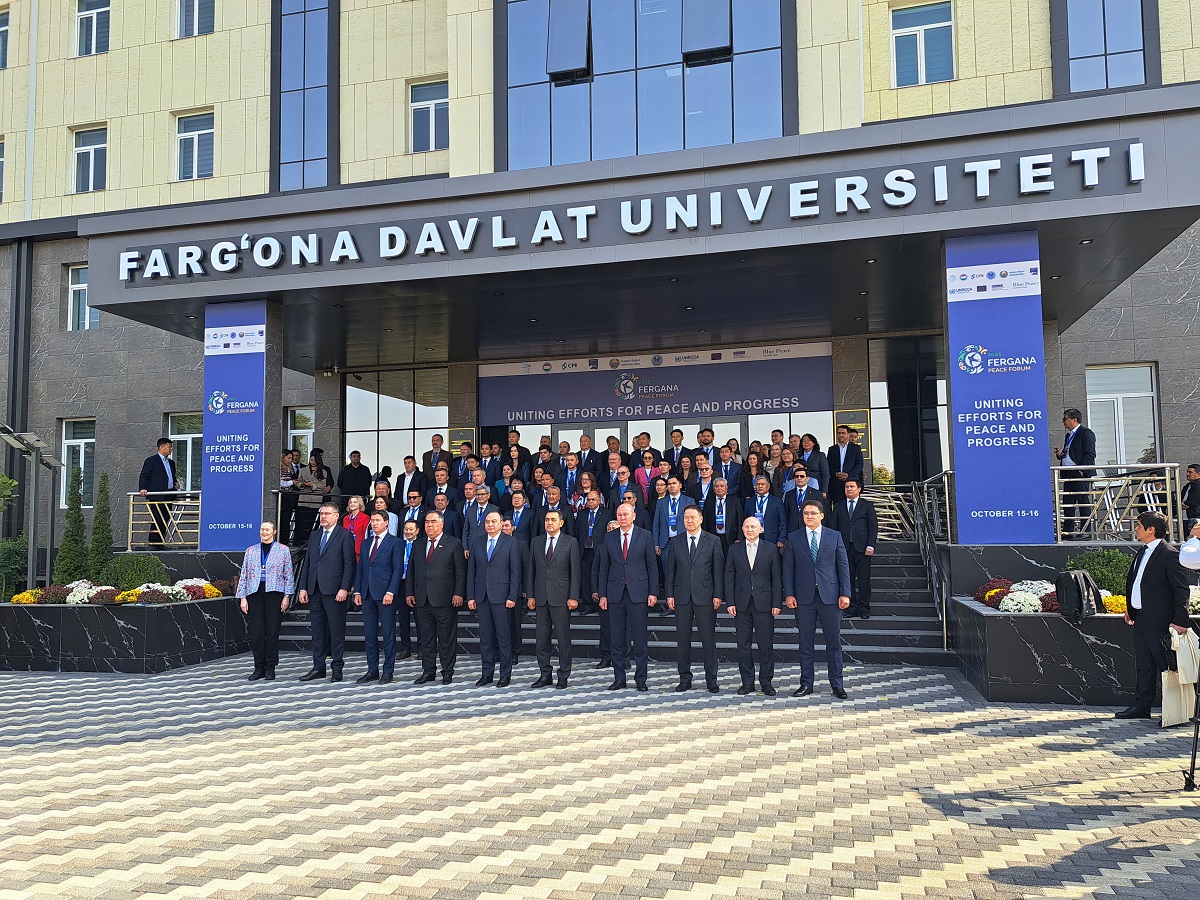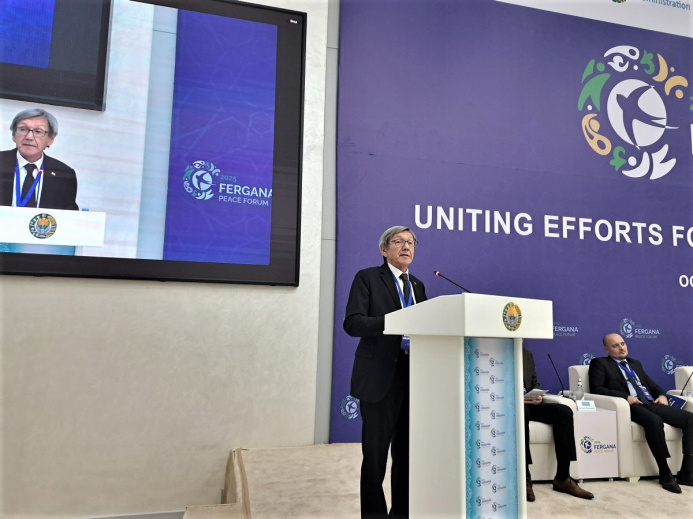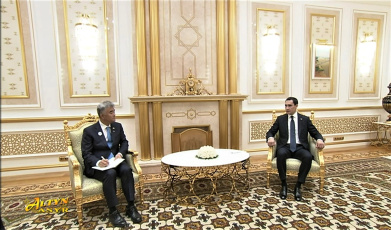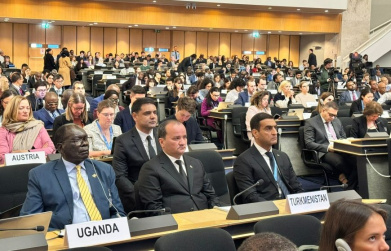Turkmenistan Presented a Pragmatic Model of Economic Integration at the Fergana Forum
15.10.2025 | 18:50 |Uzbekistan, Fergana, October 15 | ORIENT. At the first session of the Fergana Peace Forum, "The Fergana Valley – a Space of New Economic Opportunities," a detailed analysis of the region's potential was presented and specific mechanisms for deepening economic integration were proposed.
The discussion, which brought together experts from Central Asia, focused on ways to strengthen food and energy security, industrial cooperation, stimulate trade, and create a unified economic space in the region.
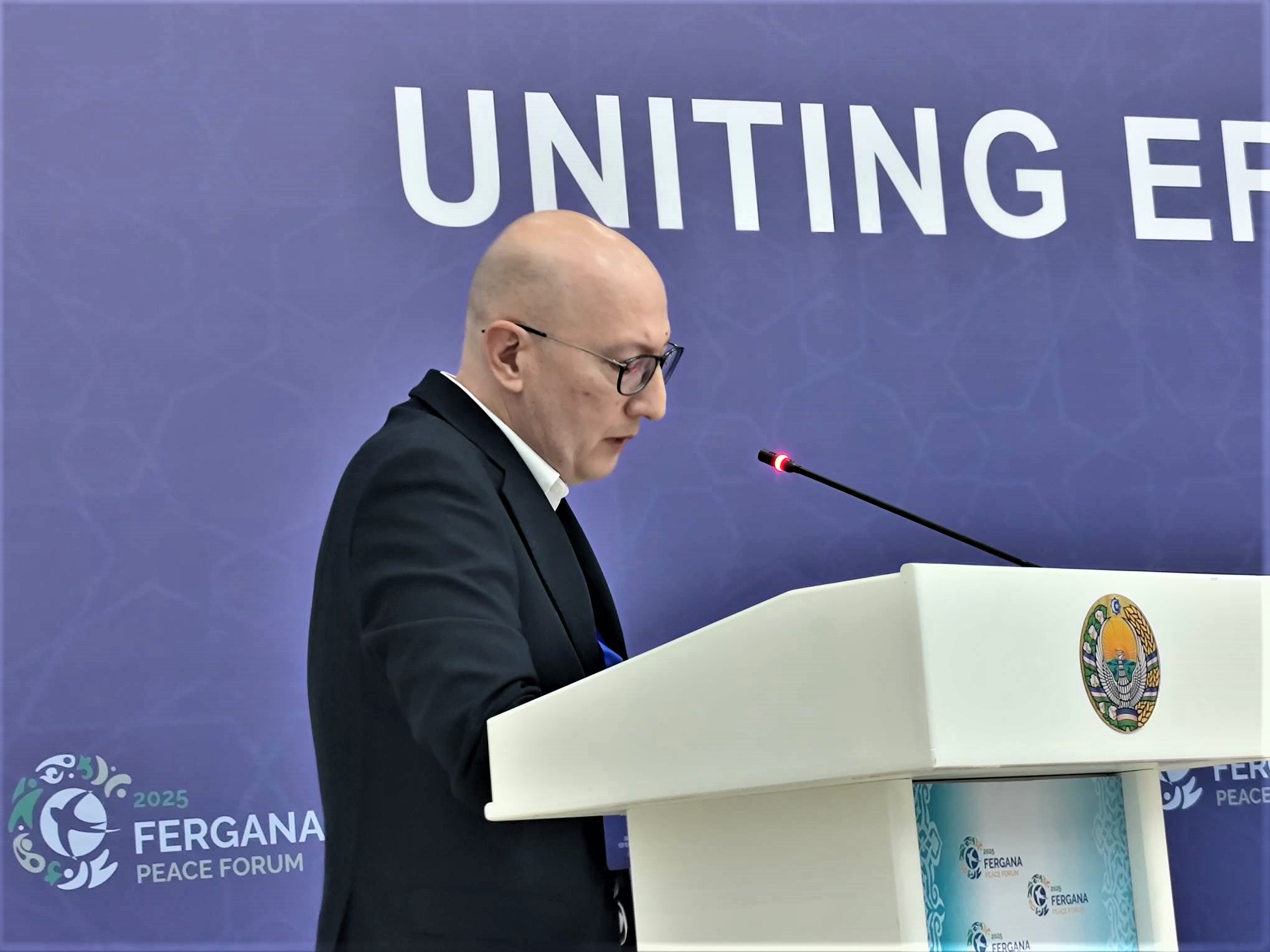
Bekmudurdy Amansaryev, an expert from the Scientific Center for Strategic Studies at the Institute of International Relations of the Ministry of Foreign Affairs of Turkmenistan, was also invited to join the dialogue with participants from Uzbekistan, Kyrgyzstan, and Tajikistan. He presented Turkmenistan's perspective on the region's transformation and its role in the international logistics system, focusing on overcoming "economic asymmetries" and turning borders into "green corridors" for goods.
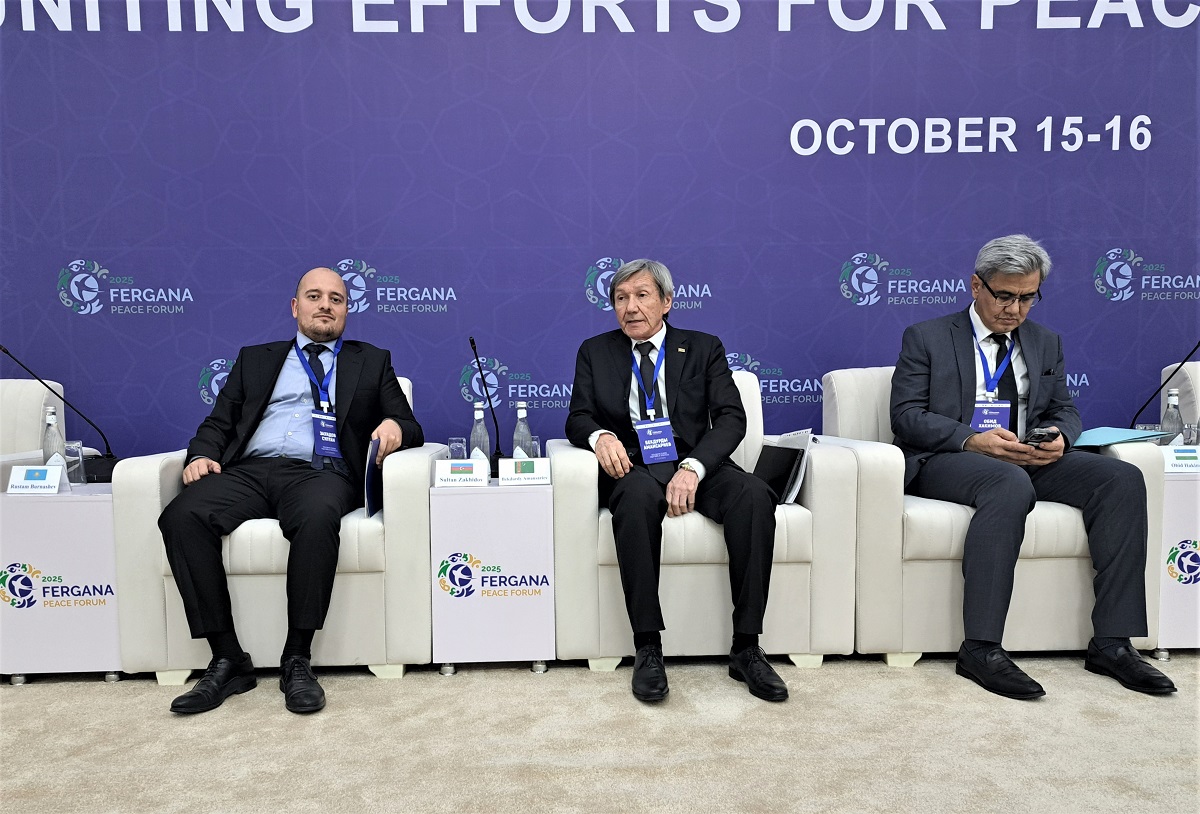
A New Philosophy of Cooperation: Complementarity and Clusters
At the beginning of his speech, the expert noted that the economic landscape of the Fergana Valley is characterized by asymmetry: part of the Valley (Uzbekistan) has a developed industrial base, while others (Kyrgyzstan and Tajikistan) have hydropower potential and competitive agricultural resources, and also play a key role in water supply.
Amansaryev stated that effectively stimulating interregional trade requires a transition from bilateral agreements to an "integrated cluster approach."
The region's main economic assets, in his opinion, are concentrated around the following segments: Raw materials and industrial base: extensive cotton reserves, significant coal deposits, and a developed metallurgical infrastructure.
Energy potential: Hydropower resources of Kyrgyzstan and Tajikistan, complemented by Uzbekistan's plans to develop renewable energy sources.
Labor resources: Numerous and qualified potential for the development of labor-intensive industries (textiles, services).
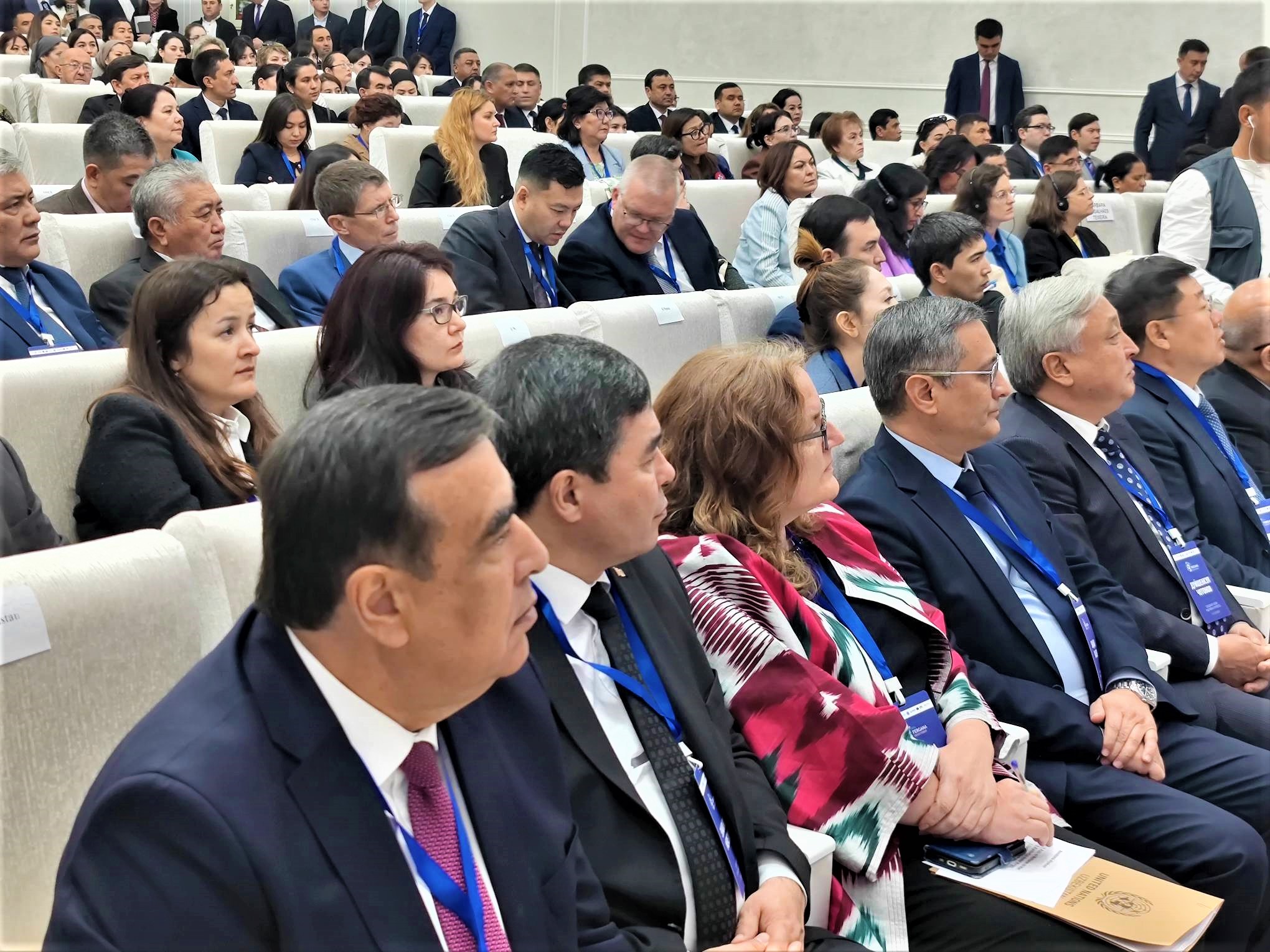
Added Value Creation, Construction
The expert linked the main growth potential to the creation of regional value chains, where the resources of the Valley's regions complement each other.
Textile cluster: Uzbekistan, with its raw materials, can supply high-quality yarn, while Kyrgyzstan can focus on final production, design, and marketing of finished garments.
Import substitution: It is necessary to focus on "critical imports" (fertilizers, pharmaceuticals, agricultural equipment) through coordinated project financing.
This will allow the Fergana Valley to compete in foreign markets by exporting finished goods rather than raw materials.
During his presentation, the representative of Turkmenistan proposed exchanging experience in the construction sector. Turkmenistan has accumulated extensive experience in constructing various projects in recent years.
"Turkmen private companies built a large settlement from scratch – the 'smart' city of Arkadag, which received the status of 'city of national significance.' And this experience of Turkmen builders could be useful in the development of Fergana cities and villages, which we expect to experience a construction boom in the near future."
To stimulate cooperation, the creation of cross-border industrial zones with simplified tax and customs regulations was proposed.
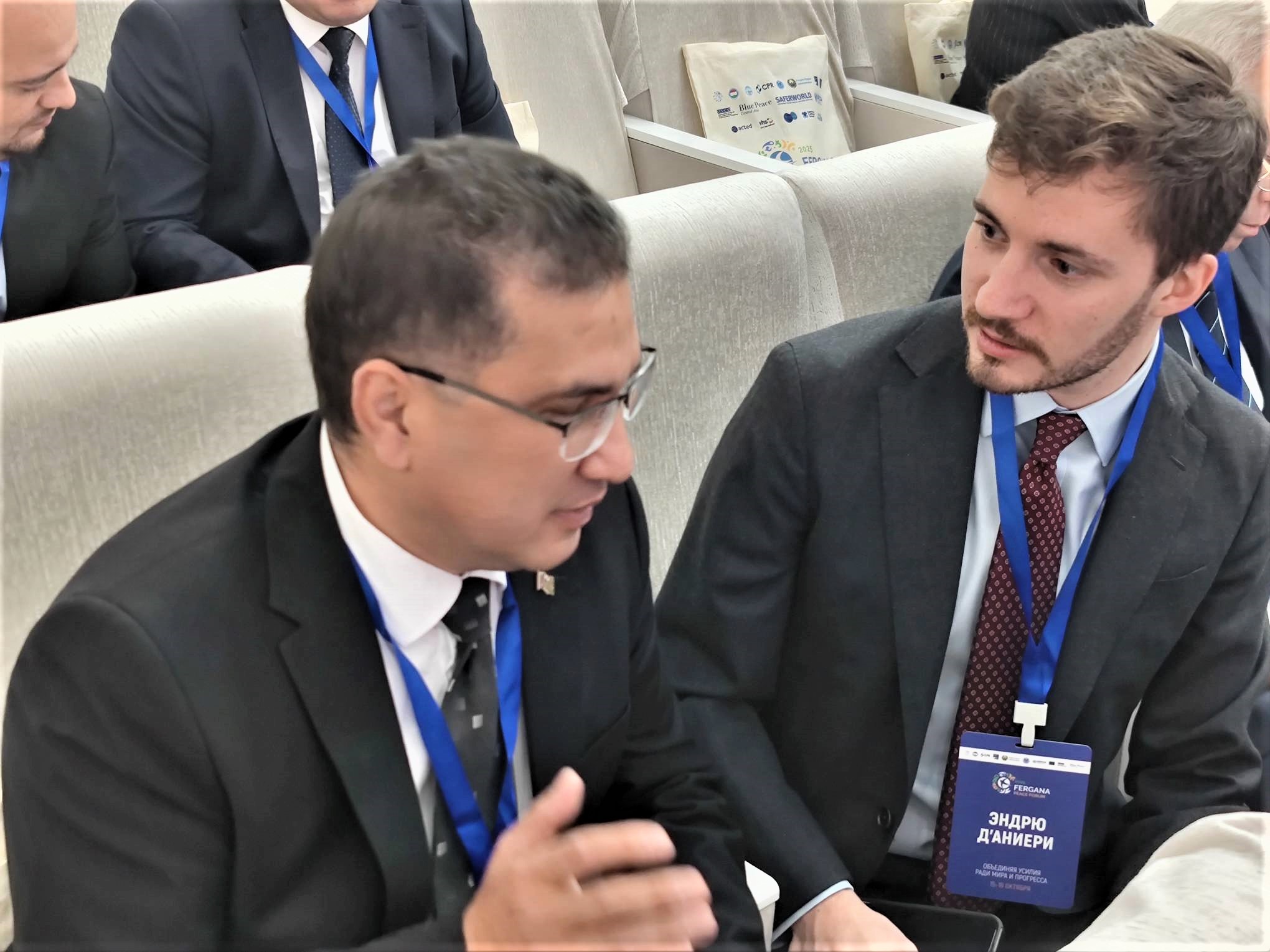
Logistics and Financial Integration
For the formation of the Common Economic Space, Bekdurdy Amansaryev identified two critical requirements: free trade without exceptions or restrictions; and digitalization of customs (implementation of a "single window" system and "green corridors" for expedited goods clearance).
He called for further modernization of checkpoints, transitioning them to a 24/7 operation, and the creation of a clearing mechanism for settlements in national currencies, which will minimize currency risks and reduce dependence on foreign currencies.
Emphasizing the strategic position of the Fergana Valley, the expert stated that the Valley serves as a key link in the Trans-Eurasian Transport Corridors:
"The Fergana Valley is the starting point for the southern corridors linking Central Asia with the markets of Iran and Pakistan, as well as, through the port of Turkmenbashi, access to the Caucasus, from there to Turkey, and then on to Europe."
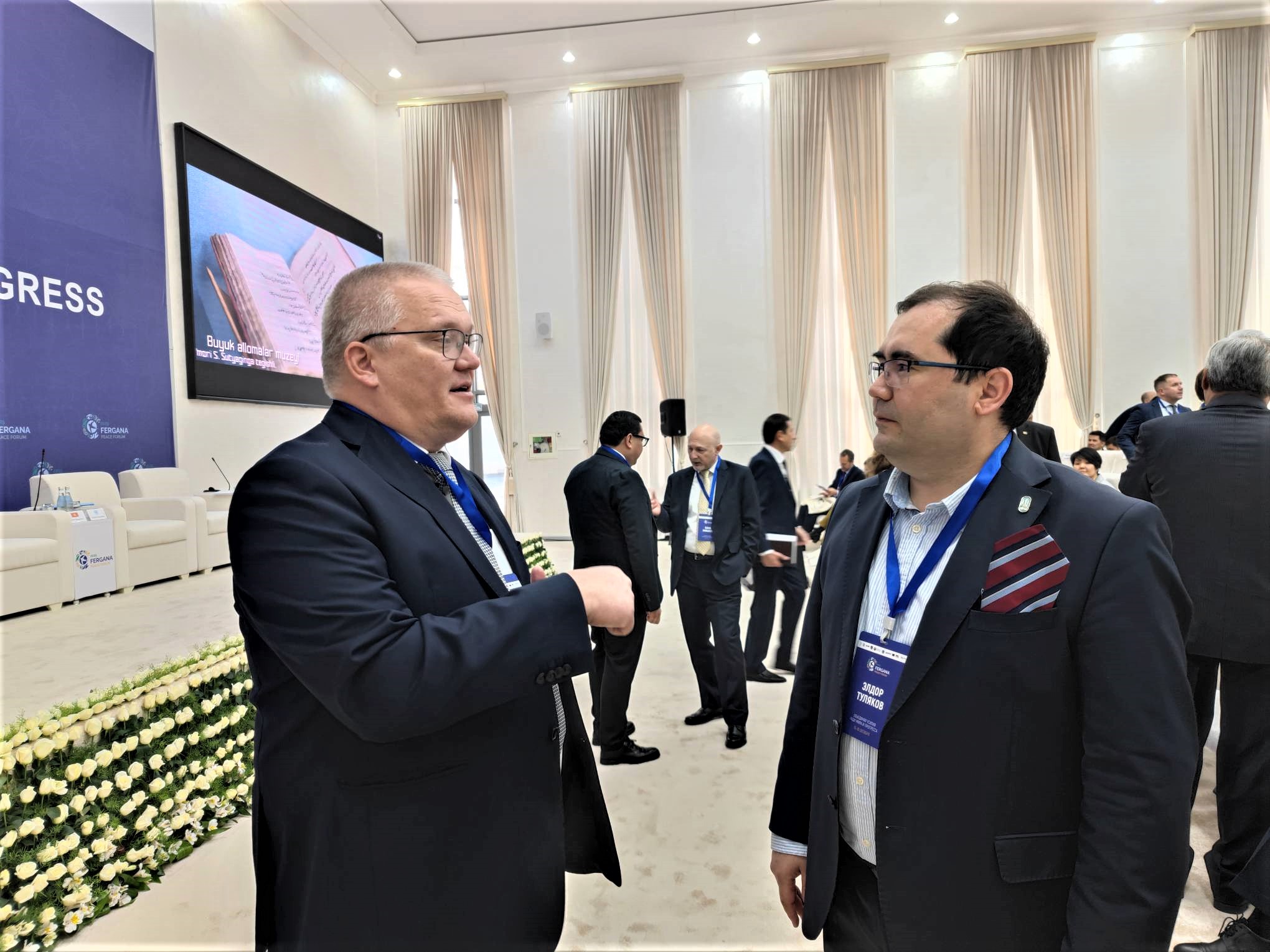
Nexus Approach and Scaling Success
The expert emphasized the need for balanced resource management within the water-energy nexus. He called for harmonizing water release schedules to maximize hydropower generation in winter (Kyrgyzstan and Tajikistan) and ensure irrigation in summer (Uzbekistan and Turkmenistan).
Long-term energy security in the Fergana Valley should be achieved through the even distribution of renewable energy and cogeneration projects throughout the Valley, which creates a decentralized, sustainable, and less risky energy system, Amansaryev noted. He also noted that in the Central Asian region, there is a country with the fourth-largest natural gas reserves in the world, yet the volumes of "green electricity" generated are significantly lower than the potential of gas-fired power plants.
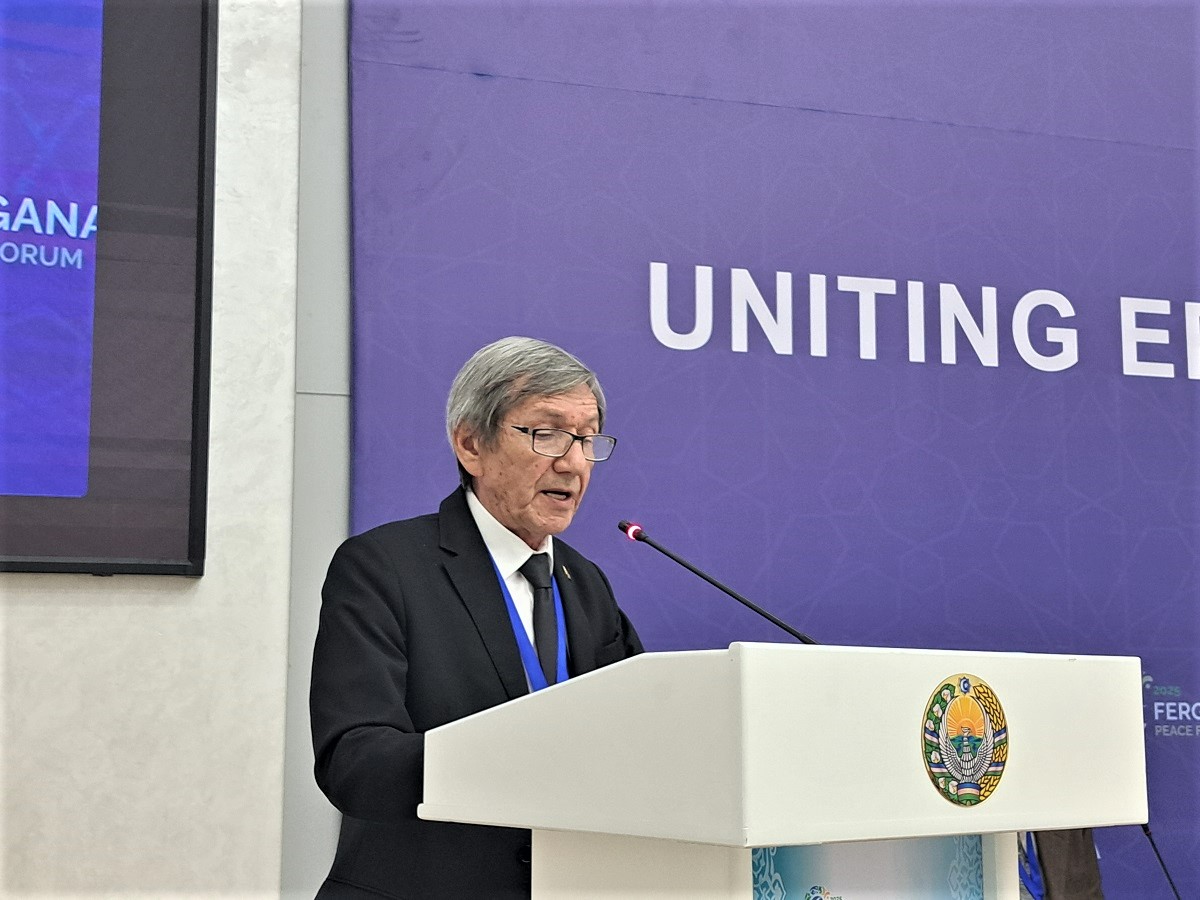
In conclusion, Amansaryev stated that Fergana's success is a "litmus test" for the entire region: "The Fergana Valley is becoming a key micromodel and a clear polygon for testing and demonstrating successful mechanisms for mutual rapprochement and integration among Central Asian countries."
Every agreement, every opened border crossing, and every joint water project in Fergana is a ready-made template for strengthening regional unity, functioning as a scaled-down model for the entire Central Asian community.
"Considering the shared economic structure, the integrity of the transport network, and the need for joint resource management, primarily water, success in Fergana will demonstrate the feasibility of broader regional integration across Central Asia. And perhaps even more," the expert concluded.
